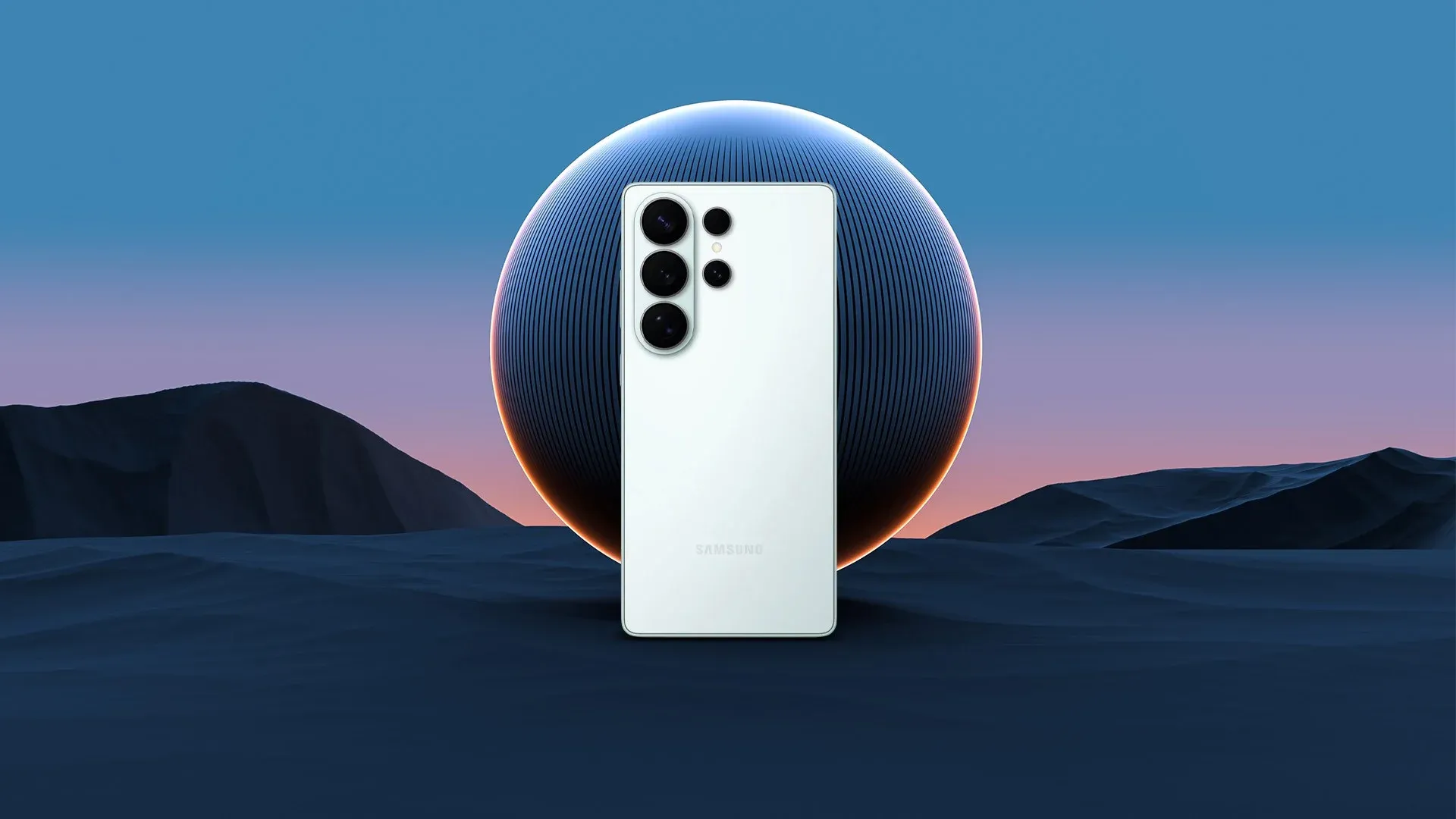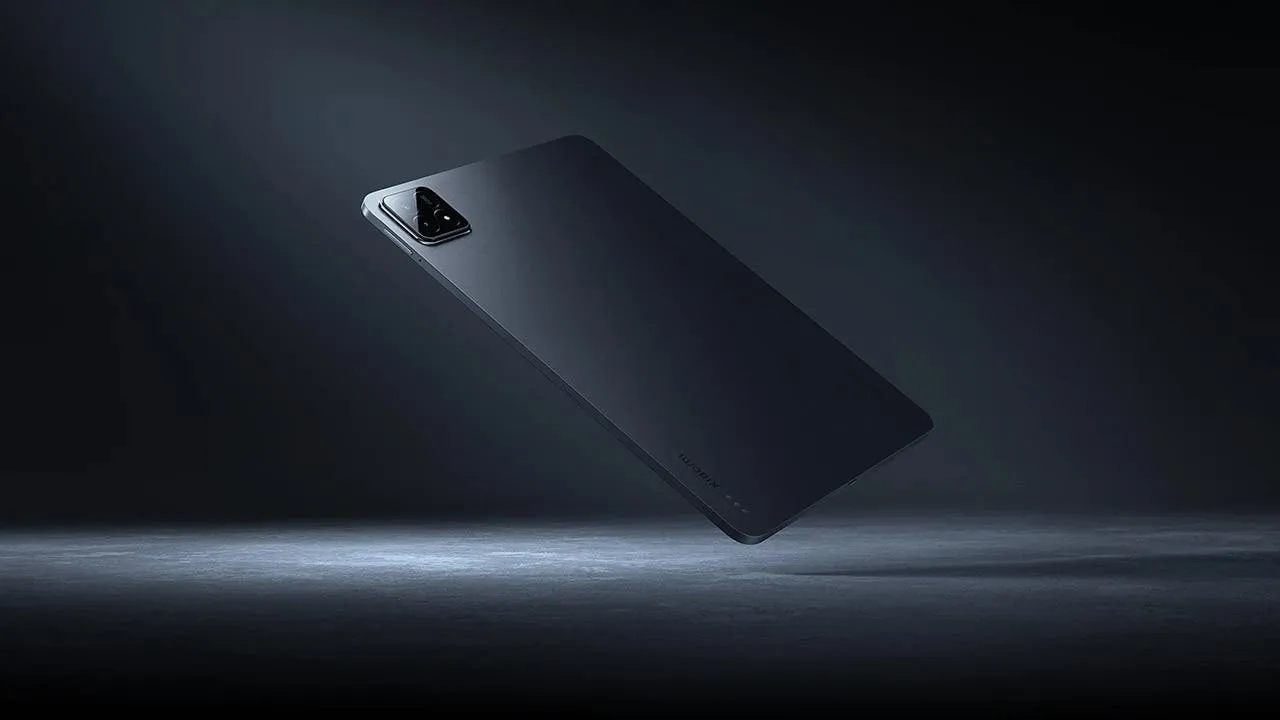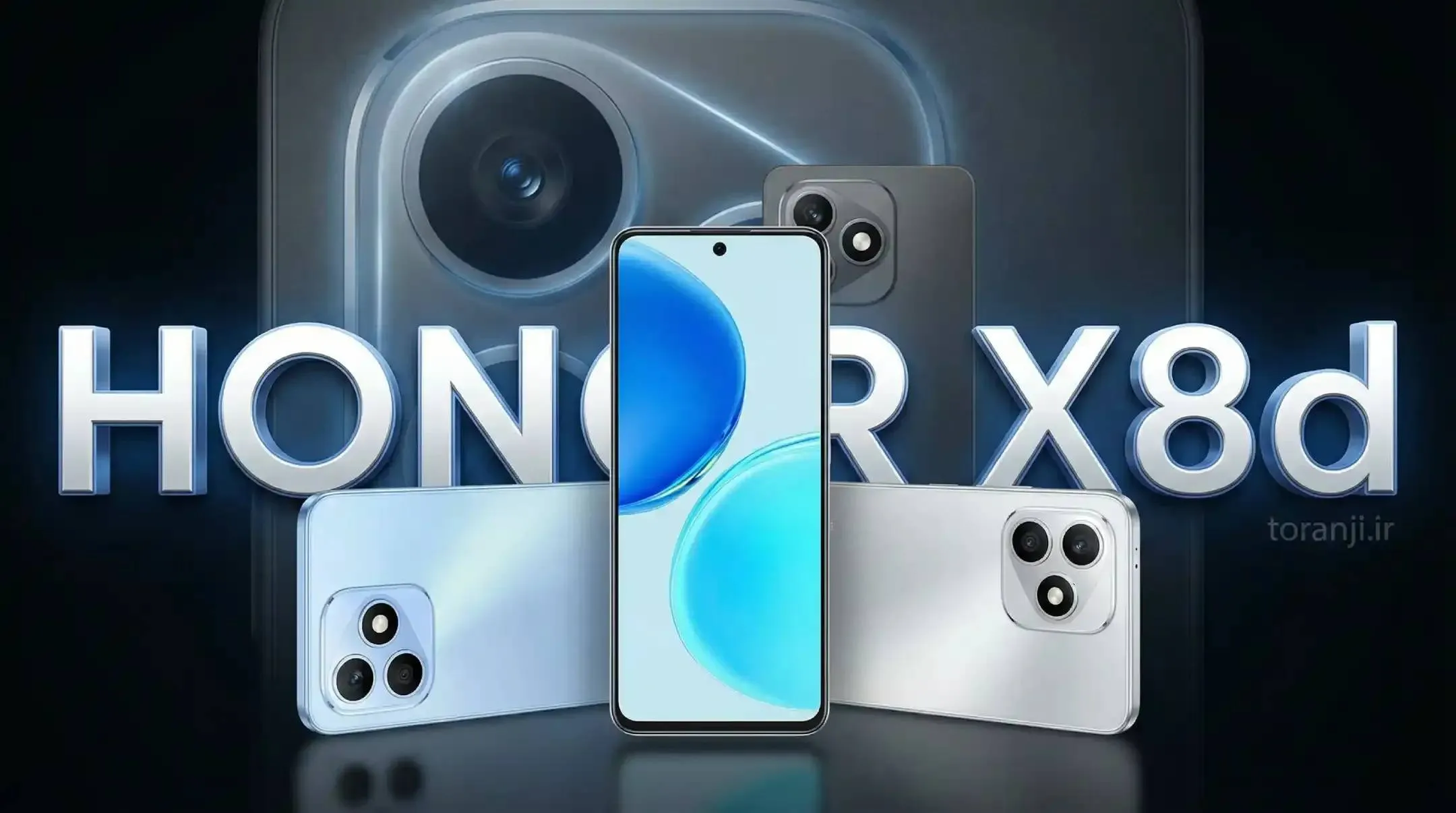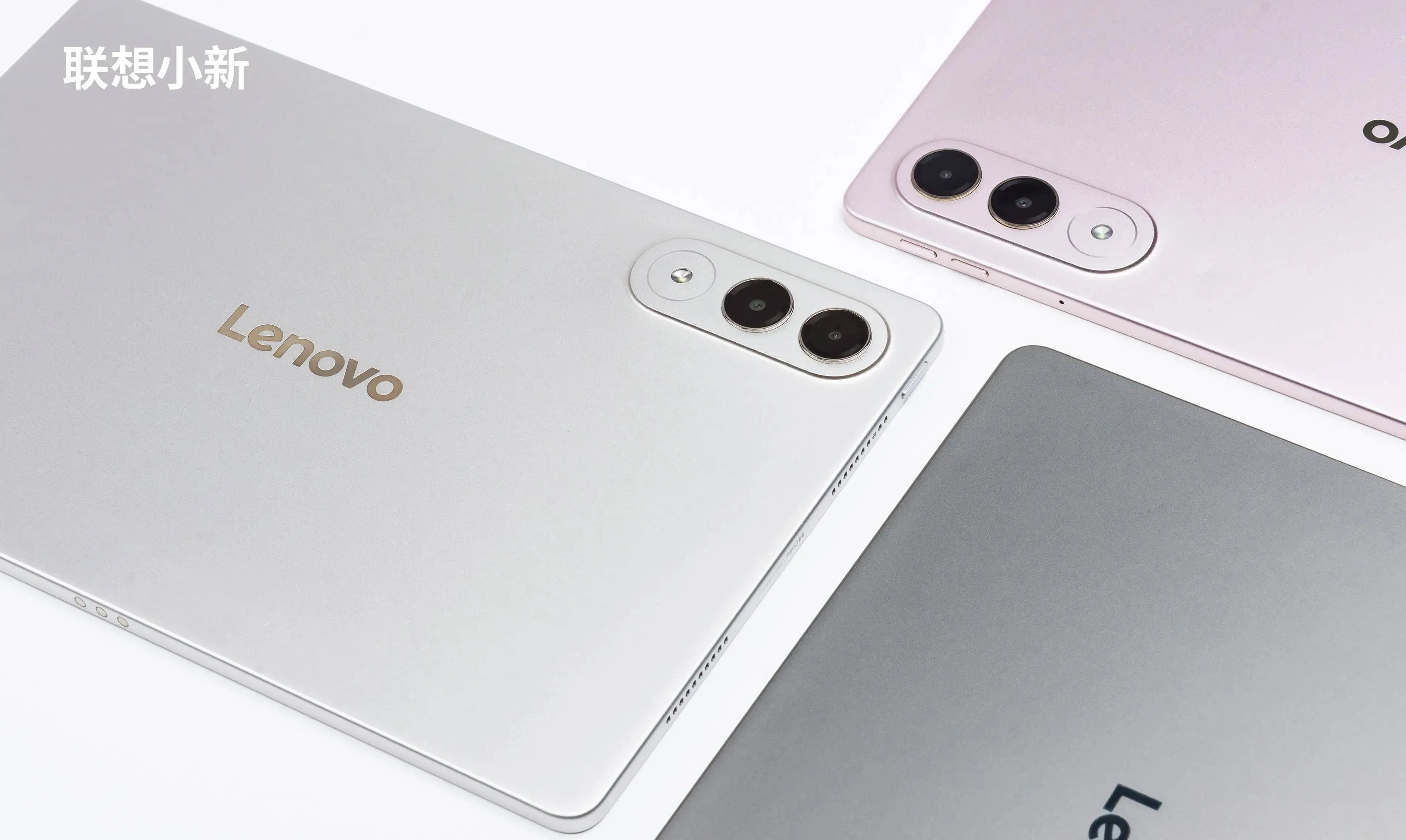
Every so often, a company's marketing department throws a product on my desk—metaphorically, of course—that makes me tilt my head and ask, "Okay, but who is this actually for?" This week, that product is the Lenovo Xiaoxin Pro GT. From the flurry of teasers dropped on Weibo, Lenovo is building a powerful Android tablet. That part is clear. What’s less clear is why they’re doing it this way.
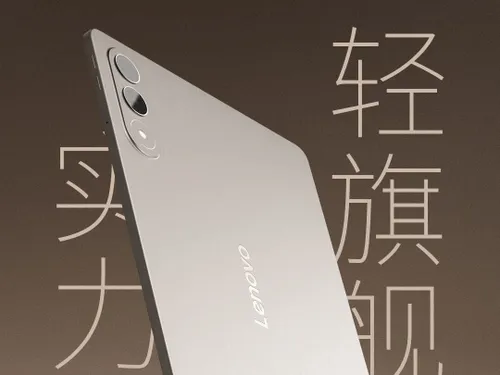
A Gaming Tablet That's Afraid to Admit It
Here's the rub: Lenovo is calling this a "Xiaoxin" device, their mainstream consumer line, and tacking on a "GT" for good measure. But they already have a brand for this stuff. It's called Legion an appears to be their gaming line. It's known, it's established, and it's where a device with a Snapdragon 8 Gen 3 and a high-refresh-rate screen should, by all logic, live. But it doesn't.

Instead, Lenovo is positioning this as some kind of "AI-powered" gaming machine. Let's be honest, slapping "AI" on everything is the new "now with Bluetooth!" It's a meaningless buzzword until they can show me an AI feature that actually makes a game more fun to play. My gut tells me this is about something else. I think Lenovo is trying to build a "Pro" tablet for adults—a device for people who want flagship gaming performance but wouldn't be caught dead with the RGB lights and aggressive angles of typical Legion hardware. A stealth fighter, if you will.
Lenovo Xiaoxin Pro GT: The Specs Tell a Story
If you ignore the branding confusion, the hardware itself is genuinely interesting. We’re looking at a 12.1-inch, 3.2K LCD display. That resolution is frankly a little absurd for a screen this size and will be a significant battery drain, but it’ll certainly look sharp.

What truly got my attention, however, is the chassis. Lenovo claims this thing is just 5.99mm thick and weighs only 458 grams. I've been doing this long enough to remember when getting a 10-inch tablet under 500 grams was a massive engineering feat. To do it on a 12.1-inch metal-bodied device is, I have to admit, seriously impressive work. It’s the kind of spec that makes a device feel different the moment you pick it up.
Of course, that thinness immediately brings two questions to my mind: heat and battery. A Snapdragon 8 Gen 3 runs hot. Squeezing it into a 6mm frame without it throttling under load is a monumental challenge. And how big of a battery could they possibly fit in there? These are the trade-offs that separate a great spec sheet from a great device.
Lenovo also mentions stylus support, but is predictably quiet on whether it's included. This, to me, is the real litmus test. If the pen is in the box, this is a serious productivity contender. If it's a $100 add-on, it's a media tablet with a gaming habit.
We don't have a price or a firm launch date yet for the Lenovo Xiaoxin Pro GT, though whispers point to the end of July. In the end, this tablet’s story isn’t about its spec sheet. It’s about identity. Lenovo has built a powerful, beautifully engineered machine and seems utterly conflicted about how to sell it. I, for one, am fascinated to see how this plays out.
Popular News
Latest News
Loading
